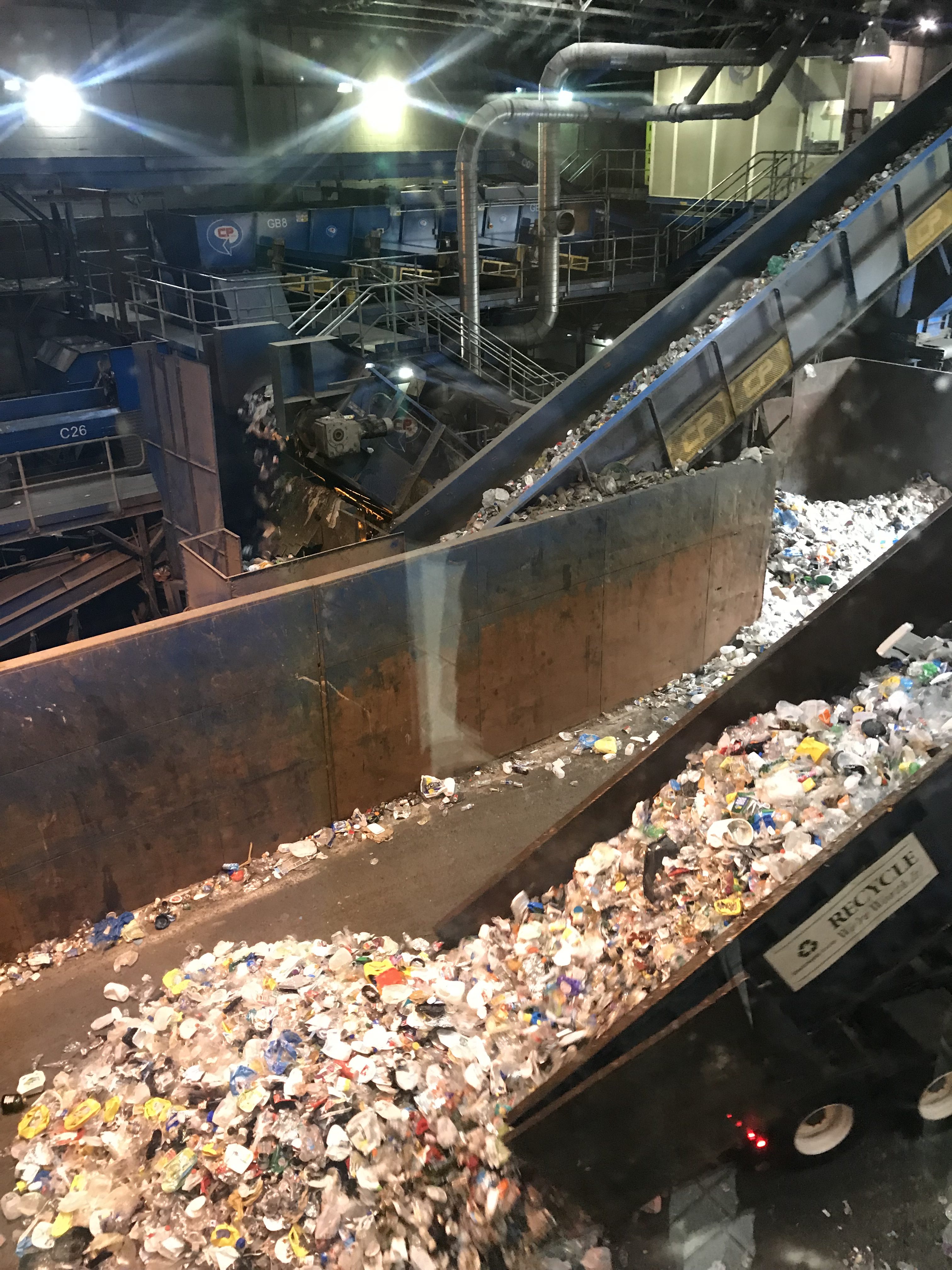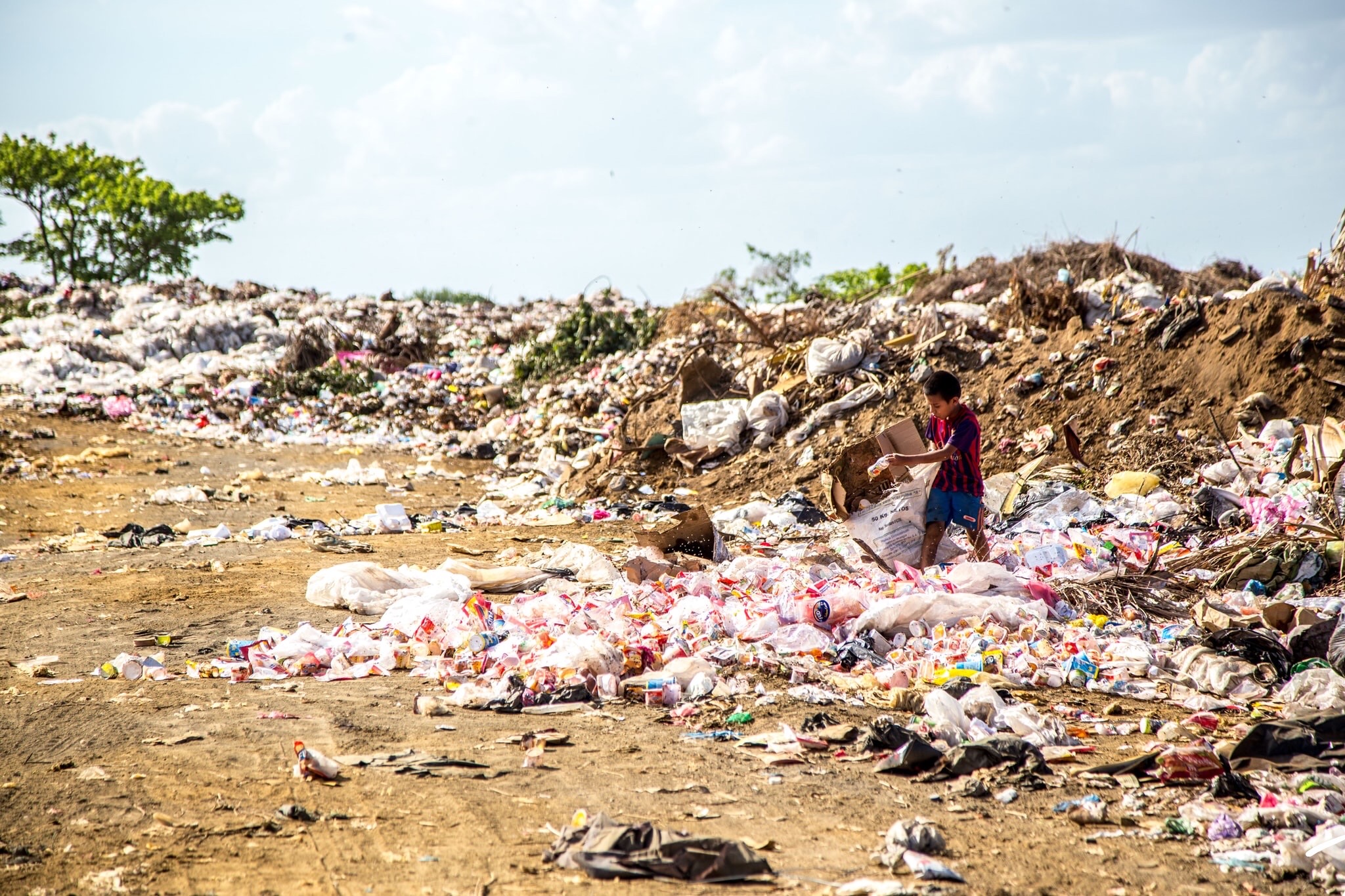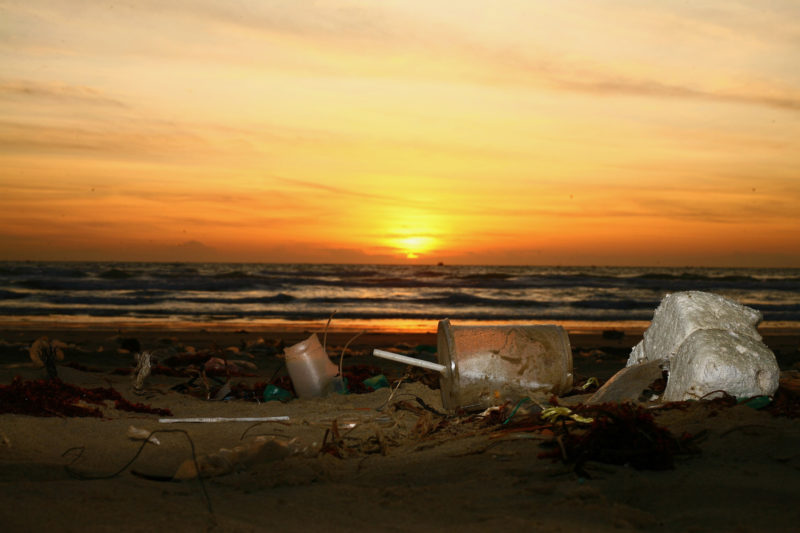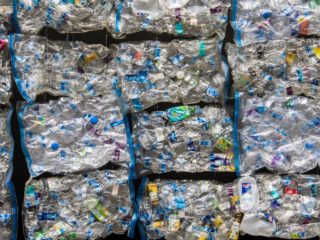It seems that there’s a solution to the planet’s plastic pollution crisis: chemical recycling! At least that’s the claim by proponents of this new process. Thanks to this new technology, producers would be able to continue spewing out tons more plastic and – Poof! – chemical recycling miraculously would make it disappear.
Is this new process truly a green solution to our plastic waste problem, or simply greenwashing?
What is Chemical Recycling?

Sometimes called advanced recycling, chemical recycling is a catchall term referring to a collection of different processes that transform the chemical structure of used plastic.
These processes employ a variety of technologies to break down (or “depolymerize“) the polymer chain into its component monomers. The resulting raw materials can then be used in industrial applications, or to produce new components, including fuels, plastics, or waxes.
The most established chemical recycling technologies are:
- Pyrolysis, which converts plastic waste into synthetic crudes, such as diesel and naptha.
- Gasification, which heats waste at a high temperature using steam or oxygen to produce synthesis gas (“syngas”). Syngas can be used as a raw material in the production of other fuels or for petrochemical processes.
Competing technologies that are still in development or pilot stages include glycolysis, hydrogenation, hydrolysis, methanolysis.
Commercial examples of chemically recycled products are Patagonia clothing brand’s, Capilene polyester and fleece clothing, and the Hefty Energy Bag program.
Chemical recycling differs from traditional mechanical recycling in which plastic waste is not chemically altered. Certain types of plastic are ultimately processed into pellets for use as raw materials in the manufacture of new products.
Chemical Recycling: Green or Greenwashing?

The Benefits (Assuming a Lot)
Assuming that the process actually works, the advantage of chemical recycling over traditional recycling is that it expands the range of plastic materials that can be recycled. If every type of plastic could be recycled in this way, it would help eliminate recycling confusion, a significant factor in the contamination of recyclables. Ostensibly, this would allow for higher recycling rates — which, for plastic, hover around an appallingly low 9%.
Chemical recycling proponents also claim that this type of recycling contributes to a circular economy in which plastics could be reused over and over again instead of — as with recycled pellets from mechanical recycling — being downcycled into products that ultimately make their way into the trash.
So, assuming that 1) these technologies actually work, 2) they can be scaled up to accommodate the enormous volume of plastic waste, and 3) production processes are financially sustainable to produce end-products and feedstocks that are economically competitive, chemical recycling has the potential to help chip away at the plastic waste mountain.
The Problems
Chemical recycling is not without its flaws. The first hurdle these technologies need to overcome is scale. With global plastic production and resulting waste averaging hundreds of millions of tons each year, chemical recyclers face an extraordinary and immediate cleanup job. At present, however, the industry is new, small, and faces the challenge of scaling a set of technologies that have yet to be proven economically or commercially viable.
In addition, the carbon footprint of the entire process itself is questionable. Some environmental groups assert that when considering the full life cycle process, chemical recycling is simply a plastics-to-fuel technology where the environmental costs outweigh the waste recovery benefits. Pyrolysis, for example, is very energy-intensive and the resulting products — synthetic crudes — still emit greenhouse gases.
The inherent challenge with all recycling systems is human error. Recycling rules are confusing! Chemical recycling doesn’t solve this problem; and, as it won’t be able to fully replace mechanical systems, chemical recycling risks adding yet another layer of rules to the mix. The result is more wish-cycling, contamination, and ultimate rejection of recyclables that end up in landfills.
Even if we make a leap of faith that any and all of these new technologies will work and can be scaled, there still remains the ultimate problem: chemical recycling doesn’t turn off the spigot of plastic production. It simply diverts attention away from the main source of all this pollution — the producers.
And that’s precisely the goal.
Plastics manufacturers certainly don’t want to make less of it! What can they do when faced with this waste crisis? Shift the blame from producer to the consumer while trotting out a recycling process that they heavily promote as the best waste reduction solution.
To be sure, we must be responsible for the proper disposal of our waste. But most of the blame for the plastic pollution predicament our planet finds itself in rests squarely with the producers.
There’s more to this story. The plastic industry’s dirty little secret is that they have no intention of scaling back. In fact, the industry is gearing up for a boom in production. That’s right, as our planet drowns in plastic, more production of unnecessary single-use plastic is on the horizon. Along for the ride, consumer brand companies (PepsiCo, Coca-Cola, Nestle), some of which are the worst plastic polluters, have invested in the chemical recycling industry to justify further sales of disposable plastic products.
A Chink in the Plastic Industry’s Armor?

What I find promising is not any confidence in chemical recycling’s ability to make a significant dent in reducing plastic waste. The situation is far too dire for any single process to surmount the Mount Doom of plastic pollution that morphs and grows at an exponential rate.
My glimmer of hope is this: that there’s a realization from plastics producers that – yikes! – the guns are turning on us and we’d better make a (greenwashed) show of doing something about the mess we’ve created. A chink in the armor of the seemingly impenetrable plastics industry and the consumer brands that feed off of it?
An infinitesimally small chink, I’ll admit, but one that reveals a shift in the narrative. A case in point is The Alliance to End Plastic Waste. No, this is not an environmental group, but a collection of plastics producers. You have to chuckle at the irony (and the audacity), but it does suggest a whiff of fear on the part of producers that the jig is up.
Here’s where you come in. Hammer home the message that you reject single-use products and packaging and the brands that produce them. Of course, continue to recycle, and make sure you’re recycling right, but refusing to purchase disposable products is a more effective strategy.
And if you want to take it a step further, consider getting involved in an environmental advocacy initiative or supporting lawmakers with pro-environment agendas. Our individual actions, collectively, can influence transformative, institutional change. It will take time, but with persistence, it is absolutely attainable.









